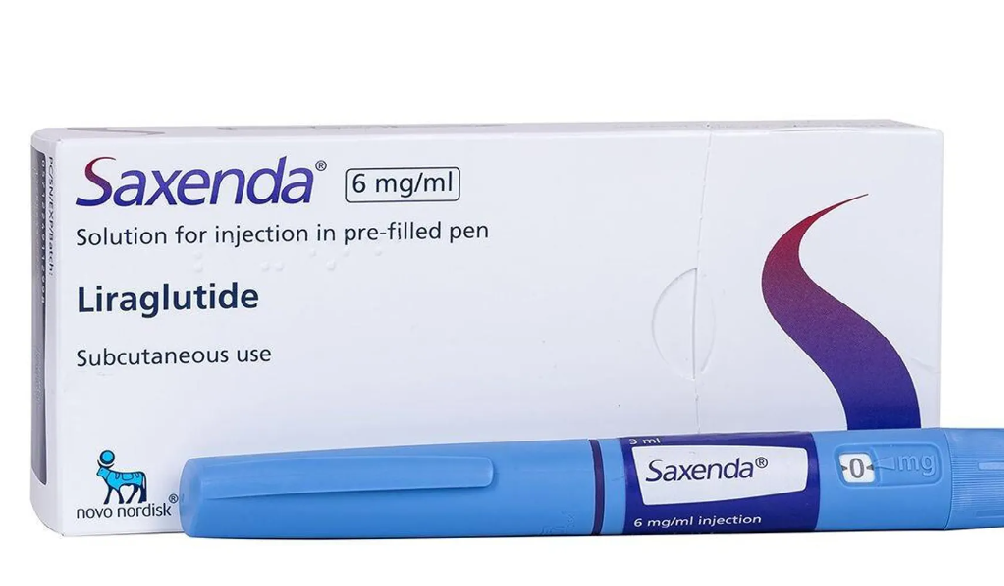Weight Management Strategies: Saxenda vs OZempic
When it comes to weight management strategies, exploring alternatives to Ozempic proves crucial. Consequently, many consider Saxenda a viable option.
Both medications fall under the class of GLP-1 agonists. However, they differ in usage, dosage instructions, and side effects. To make an informed decision, one needs comprehensive insights into Saxenda and its potential benefits.
Key Takeaways:
- Saxenda is a prescription injection medication for weight management.
- Ozempic is a prescription injection medication primarily for type 2 diabetes.
- Both medications belong to the class of GLP-1 agonists. Additionally, people use Saxenda with a reduced-calorie diet and physical activity for weight loss.
- Ozempic requires diet and exercise to control blood sugar levels in people with type 2 diabetes.
- Both medications share common side effects such as nausea and vomiting. Moreover, they also present rare but serious side effects like pancreatitis and gallbladder disease.
- Medical providers prescribe Saxenda and Ozempic.
- Alternative options include Wegovy (semaglutide) and Mounjaro (tirzepatide) for weight management. Thus, Saxenda and semaglutide may affect individuals differently, and personal preferences and needs should factor in.
Understanding Saxenda and Ozempic: A Comparative Overview
Saxenda and Ozempic serve as injectable medications for weight management and diabetes treatment, falling under the class of GLP-1 receptor agonists. While they share similar mechanisms of action, distinct differences in intended use, availability, side effects, and cost exist. Therefore, one must understand them comparatively.
Saxenda: Doctors primarily prescribe this medication for weight loss in adults with a body mass index (BMI) of 30 or greater, or 27 or greater with at least one weight-related serious comorbidity. Patients administer it as a daily subcutaneous injection. Consequently, Saxenda combines with a reduced-calorie diet and physical activity to help patients reach weight loss goals.
Ozempic: Doctors prescribe Ozempic primarily for managing blood sugar levels in people with type 2 diabetes. Additionally, it helps reduce cardiovascular event risks in adults with type 2 diabetes and heart disease. Patients administer Ozempic as a once-weekly subcutaneous injection. Diet and exercise play crucial roles in effectively controlling blood sugar levels.
Both medications share common side effects, including nausea, vomiting, and changes in stool pattern. However, they also have rare but serious side effects, such as pancreatitis, gallbladder disease, hypoglycemia, and increased heart rate. Therefore, patients should stay aware of these potential risks and consult their healthcare provider if concerning symptoms arise.
| Criteria | Saxenda | Ozempic |
|---|---|---|
| Indication | Weight loss in adults with BMI ≥ 30 or ≥ 27 with comorbidity | Type 2 diabetes management |
| Dosage | Daily | Once-weekly |
| Administration | Subcutaneous injection | Subcutaneous injection |
| Common Side Effects | Nausea, vomiting, constipation | Nausea, vomiting, diarrhea |
| Rare Side Effects | Pancreatitis, gallbladder disease, hypoglycemia | Hypoglycemia, increased heart rate |
| Cost | High | High |
| Availability | Prescription-only | Prescription-only |
Alternative Weight Management Options
While Saxenda and Ozempic prove effective as weight management medications, alternative options exist for those who may not tolerate these medications or prefer different treatment approaches. Some alternatives include:
- Wegovy (semaglutide): Similar to Saxenda, Wegovy serves as a GLP-1 receptor agonist indicated for weight loss. Clinical trials demonstrate its effectiveness in reducing body weight and improving metabolic parameters. Therefore, it stands as an alternative option for those who do not respond well to Saxenda or prefer a different medication.
- Mounjaro (tirzepatide): Mounjaro emerges as another GLP-1 receptor agonist showing promise in promoting weight loss and enhancing glycemic control. Ongoing clinical trials investigate its efficacy and safety in treating obesity and type 2 diabetes. Hence, it might offer another viable alternative for weight management in the future.
Conclusion
In conclusion, both Saxenda and Ozempic offer valuable weight management and diabetes treatment options, helping patients achieve their health goals. However, consulting with a healthcare provider remains essential to determine the most suitable treatment based on individual needs, preferences, and potential risks. For more information about Saxenda, Ozempic, and alternative weight management options, please visit Prescrimeds or consult with a healthcare provider.



